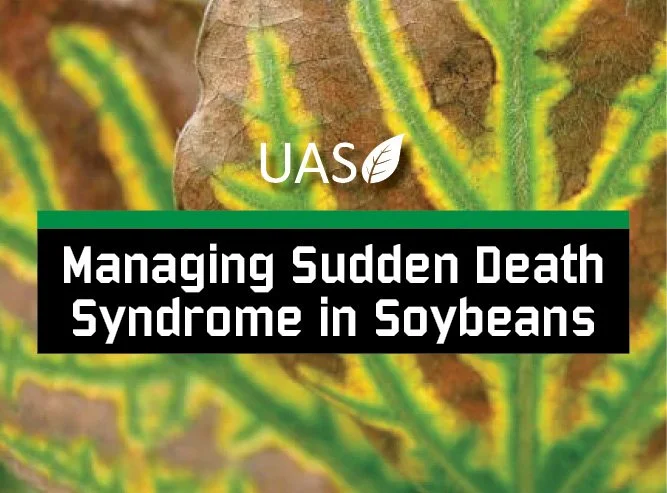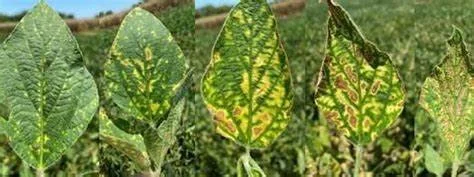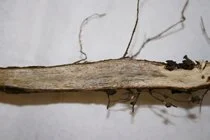Managing Sudden Death Syndrome in Soybeans
Managing Sudden Death Syndrome in Soybeans
When it comes to sudden death syndrome, it’s important to utilize all the tools in your toolbox and to start the season strong. To reduce potential yield loss, be proactive about your seed selection, seed treatment and have a disease management plan in place.
Background
Sudden death syndrome (SDS) in soybeans is caused by Fusarium virguliforme, a soil-borne fungal disease. It was first diagnosed in Arkansas in 1971 and is now one of the most significant disease pathogens impacting soybean performance. The risk of SDS infection is greatest when there is significant moisture early in the growing season followed by mid-summer rains saturating the soil. Poorly drained or compacted soils are also favorable for this disease. SDS can infect soybean roots early in the season, after germination and when the root systems are vulnerable. The presence of soybean cyst nematode (SCN) can make the disease worse – opening the roots up to infection and weakening the plants defenses to disease as a result of SCN feeding. The SDS pathogen overwinters on crop residue and may show each season in the same or larger area of the field, also spreading with soil movement.
Symptoms and Signs
Although the soybean plant may be infected early in the season by SDS fungi, above ground symptoms won’t appear until after flowering. Toxins produced by the SDS fungi move up through the stem into the canopy, resulting in foliar symptoms.
Foliar symptoms on the plant occur as follows:
The outermost leaves in the canopy are affected, with chlorotic spots between veins on the leaves
These yellow spots coalesce to form chlorotic yellow, brown interveinal leaf scorching
A common diagnostic symptom of SDS is that the mostly necrotic leaflet detaches, leaving the petioles attached to the plant canopy
Growth of the fungus expands with the root tissue and can grow into the lower portion of the plant stem
A symptom of the SDS-infected soybean stem is that the inner stem pith remains green/white, while outside of the pith area (xylem vessels) will appear a gray-brown color
Infected soybean plants are susceptible to flower and pod abortions because of leaf/canopy reductions and further deterioration of the root and stem tissues restricting water uptake and nutrient supply/movement
Another symptom that may be seen when there is adequate soil moisture is cobalt blue growths on the outer root surface
MANAGEMENT TIPS
Unfortunately, there are no in-season management tools for either SDS (or SCN) because the fungal infection is restricted to root systems, and fungicides typically do not move downward in the plant to reach the site of infection.
Therefore, the key to preserving yields is to start strong and protect young root systems. Select soybeans with excellent SDS tolerance, use seed treatments to help manage SCN populations and provide protection from soil fungal pathogens, and treat your soils well by improving drainage and avoiding severe compaction.
Unified Ag Solutions offers N-COMPASS SDS-White Mold MAX Soybean Seed Treatment that is an all-encompassing blend of fungicides, insecticides, polymer and stabilizers, as well as biological stimulants to bolster root development and plant health. It provides outstanding protection against Sudden Death Syndrome, White Mold and a variety of pests and diseases.
We’ve even doubled the amount of Anchor™ (mefenoxam) in the blend—without adjusting the price—to provide even more protection.





